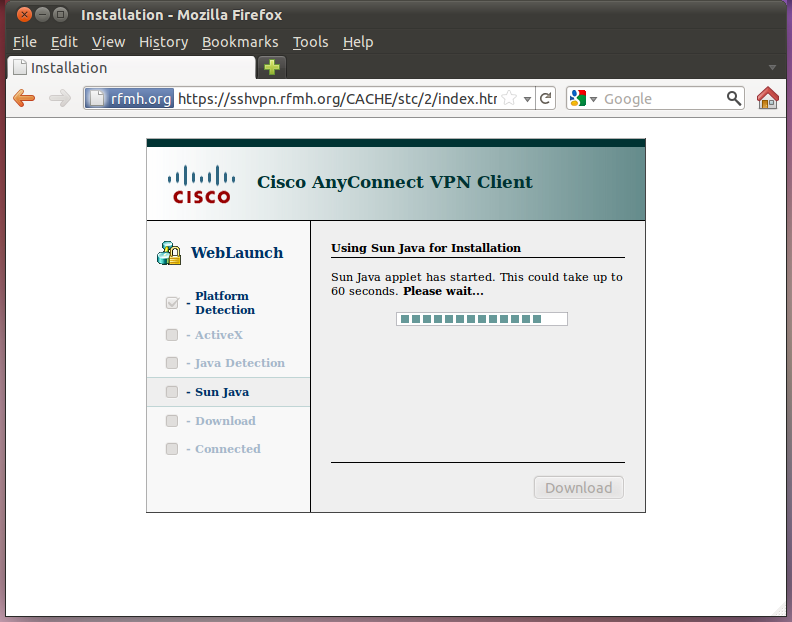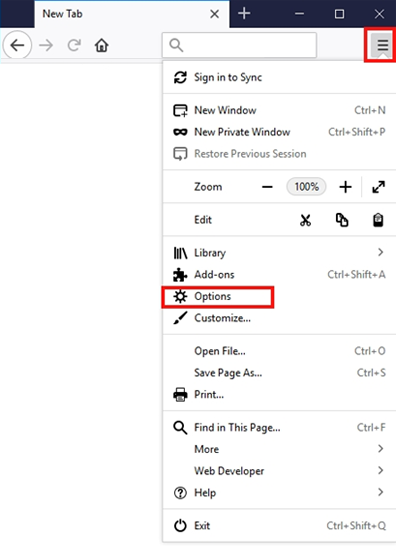How to access your UBC IT Central SharedData (G) drive remotely from a PC 1. Connect to UBC using the Cisco AnyConnect VPN client. Here is a link to the UBC IT setup of the AnyConnect client if you don’t have it installed already. Be careful to choose the VPN client which matches your particular operating system, e.g.
- Cisco Anyconnect Big Sur Ubc
- Cisco Anyconnect Download Ubc
- Latest Version Of Cisco Anyconnect
- Cisco Anyconnect Download Windows 10
Ubc cisco VPN setup - Just 4 Work Perfectly For worldwide anonymization of your traffic, you'll. Some Ubc cisco VPN setup work provide a free trial, so take away disadvantage of it. Tally in for you are happy with what you signed up for, and take penalty of money-back guarantees if you're not. Cisco AnyConnect Secure Mobility Client (the program that runs the UBC VPN) Browse to myvpn.ubc.ca; Log in using your CWL credentials; Follow the prompts to download and install Cisco AnyConnect Secure Mobility Client; VMware Horizon Clients (the remote desktop software) Browse to my.vmware.com. SHCS staff at UBC Vancouver and Okanagan can log onto their UBC desktops and access shared drives remotely. Step 1: Download Two Pieces of Software. Cisco AnyConnect Secure Mobility Client (the program that runs the UBC VPN) Browse to myvpn.ubc.ca; Log in using your CWL credentials.
Cisco Certificate Import

Applies to: All users of UBC networks (wired, wireless, VPN) at all campus locations.
By installing the Cisco Umbrella Root CA certificate on your computer, you avoid a common problem with Umbrella’s UBC block pages. When HTTPS enabled domains are blocked, Cisco Umbrella presents a block page which is also served over HTTPS. This block page is encrypted with a certificate signed by the Cisco Umbrella Root CA. The certificate will match the requested site but will be signed by the Cisco Root Certificate Authority (CA). If the Cisco Umbrella Root CA is not trusted by your browser, an error may be displayed.
Typical errors include:
- 'The security certificate presented by this website was not issued by a trusted certificate authority' (Internet Explorer / Edge)
- 'The site's security certificate is not trusted!' (Google Chrome)
- 'This Connection is Untrusted' (Mozilla Firefox)
- “Safari can’t verify the identity of the website…” (Safari on macOS)
Although the error is expected, the messages displayed can be confusing and annoying and you may wish to stop them from appearing. To avoid certificate errors when accessing the block page, you must install the Cisco Umbrella Root CA for your browser. The procedures in this article describe the manual methods for installing the Cisco Umbrella Root CA in Internet Explorer/Edge/Chrome, Firefox, and Safari browsers on an individual computer.
Installing the Cisco Umbrella Root CA on Windows
Installing the Cisco Umbrella Root CA on macOS
Installing the Cisco Umbrella Root CA in Chromium or Chrome on Linux
Download the Certificate
Instructions for UBC Edge Administrators
Installing the Cisco Umbrella Root CA on Windows

Internet Explorer, Edge or Chrome
To manually install the Cisco Umbrella Root CA on your computer, use the following procedure:
- Using one of the listed browsers, download the Cisco Umbrella Root CA file. For more information, see Download the Certificate.
- Open the file (unless prompted) and Click Install Certificate.
- In the Certificate Import Wizard window, click Next.
- In the Certificate Store window, select Place all certificates in the following store and then click Browse.
- In the Select Certificate Store window, select Trusted Root Certification Authorities and click OK.
In the Certificate Store window, the Certificate store:shows Trusted Root Certification Authorities. - Click Next and then click Finish.
- In the Security Warning windows, click Yes to install the certificate.
The Certificate Import Wizard will notify you that 'The import was successful.' - Click OK.
- Restart browser.
Firefox
To manually install the Cisco Umbrella Root CA in your Firefox browser, use the following procedure:
- Using Firefox, download the Cisco Umbrella Root CA file. For more information, see Download the Certificate.
- Click the Open Menu icon near the top right-hand corner of the browser window.
- Click Options > Privacy and Security> Certificates > View Certificates > Authorities > Import.
- Browse for and select the Cisco Root Cert, downloaded in the first step.
- Select Trust this CA to identify websites, then click OK and OK again.
- Restart Firefox.
Installing the Cisco Umbrella Root CA on macOS
Safari or Chrome
To manually install the Cisco Umbrella Root CA in all browsers on macOS, use the following procedure. You must be the computer administrator to perform this action.
- Download the Cisco Umbrella Root CA file. For more information, see Download the Certificate.
- Double-click the file or drag and drop it on top of the Keychain Access icon in the Applications | Utilities folder. The Add Certificate window appears.
- Click Always Trust.
- Double-click the Cisco Umbrella Root CA to open its properties window. Change the When using this certificate pulldown to Always Trust:
Firefox
Follow the same instructions used for Firefox on Windows.
Command line
Cisco Anyconnect Big Sur Ubc

To install the CA on the macOS command line, Download the Certificate and use terminal to run the following command as the computer administrator:
Installing the Cisco Umbrella Root CA in Chromium or Chrome on Linux
If you want to manually install the Cisco Umbrella Root CA in a Chromium based browser in Linux, use the following procedure.

- Download the Cisco Umbrella Root CA file. For more information, see Download the Certificate.
- Open Chromium Settings.
- Scroll down to HTTPS/SSL.
- Click Manage certificates.
- Click Authorities.
- Click Import.
- Select the Cisco_Umbrella_Root_CA.cer and click Open.
- Select Trust this CA to identify Websites.
- Click OK.
Download the Cisco Umbrella Root CA Certificate
Instructions for UBC Edge Administrators
Departmental IT administrators and UBC Edge Administrators should login to the UBC Cybersecurity Confidential Communications website(CWL username/password) OR contact the UBC IT Help Desk to gain access to the documentation for more automated methods of certificate deployment to UBC owned computers, especially those on EAD.
Access to ECE resources such as workstations, printers, and network shares is limited to ECE subnets, the ECE VPN, and the 'ubcprivate' wifi network. All other access is blocked by the ECE firewall.
For access to the ECE VPN and ubcprivate, contact it@ece.ubc.ca. In your request, please specify your CWL username and your affiliation with ECE.
Connecting to the UBC VPN
A Cisco AnyConnect VPN client can be downloaded from https://myvpn.ubc.ca.
The client should connect to the server myvpn.ubc.ca. Log onto the VPN using your CWL credentials.
If you have been granted access to the ECE VPN, append .ece to your CWL login. For example, if your CWL login is spock, log on as spock.ece. (Without the .ece suffix, you would be placed on the UBC network, but outside the ECE firewall.)
Cisco Anyconnect Download Ubc
Connecting to the ubcprivate wifi network
If you have been granted access to ubcprivate, append .ece to your CWL login. For example, if your CWL login is spock, log on as spock.ece.
Latest Version Of Cisco Anyconnect
See Also
Cisco Anyconnect Download Windows 10
